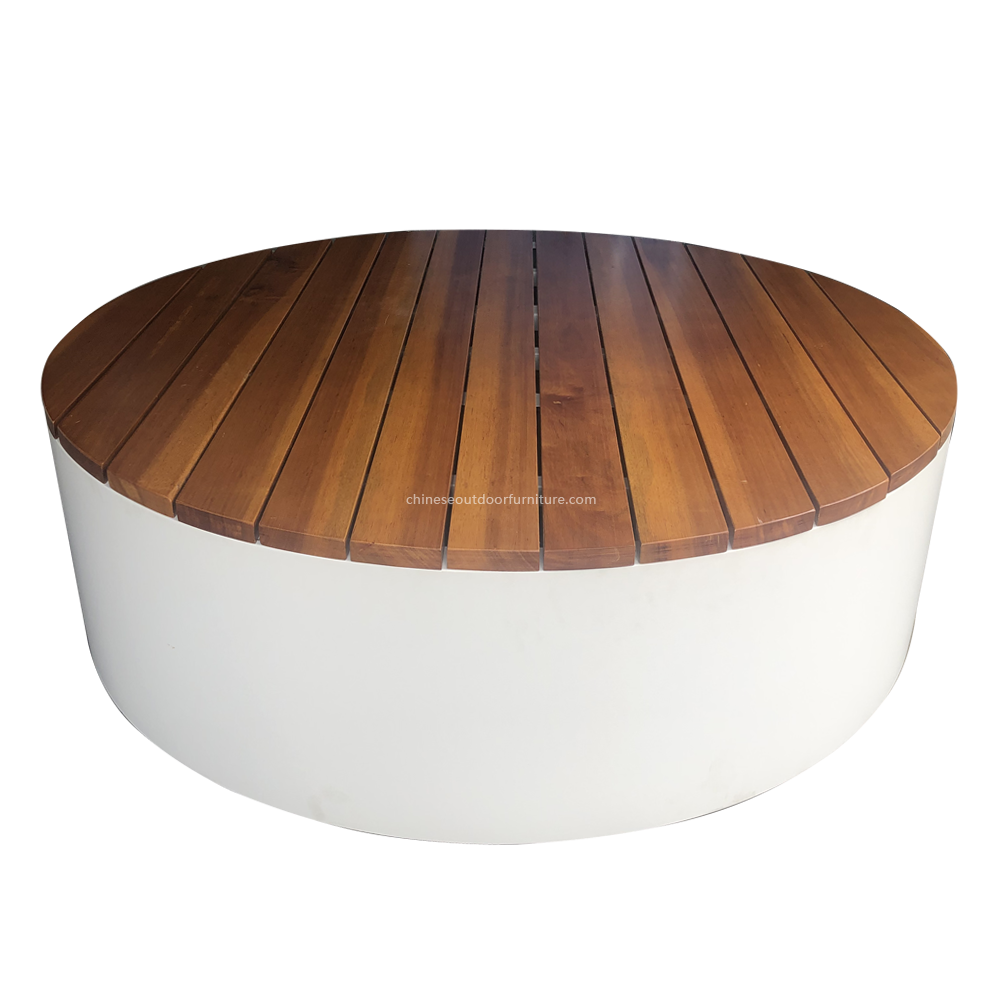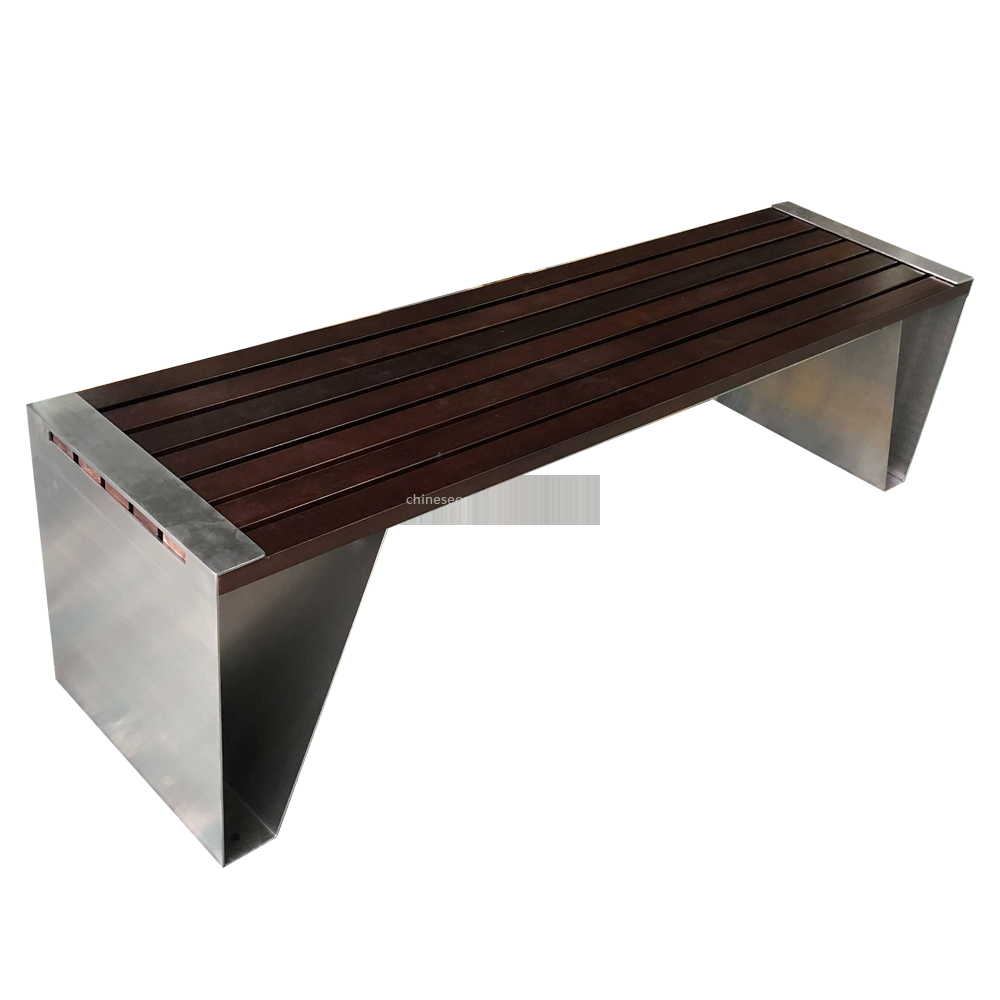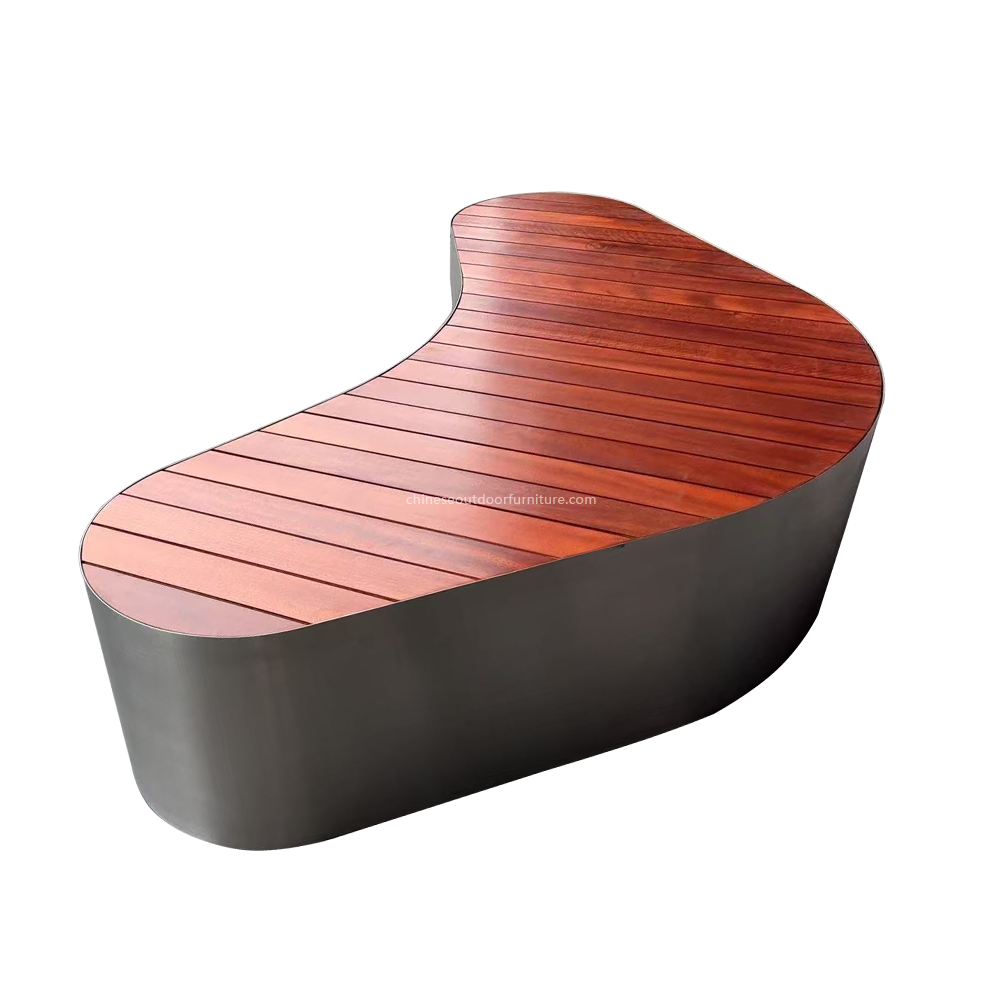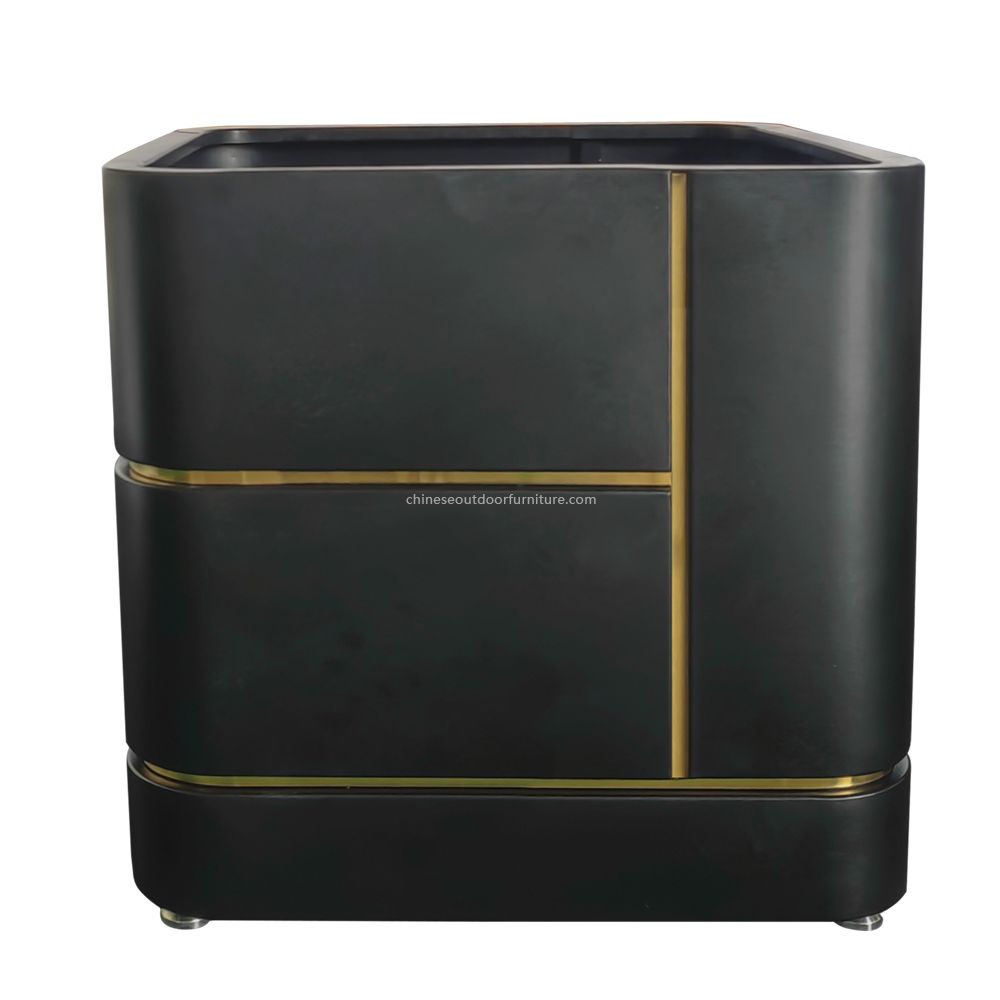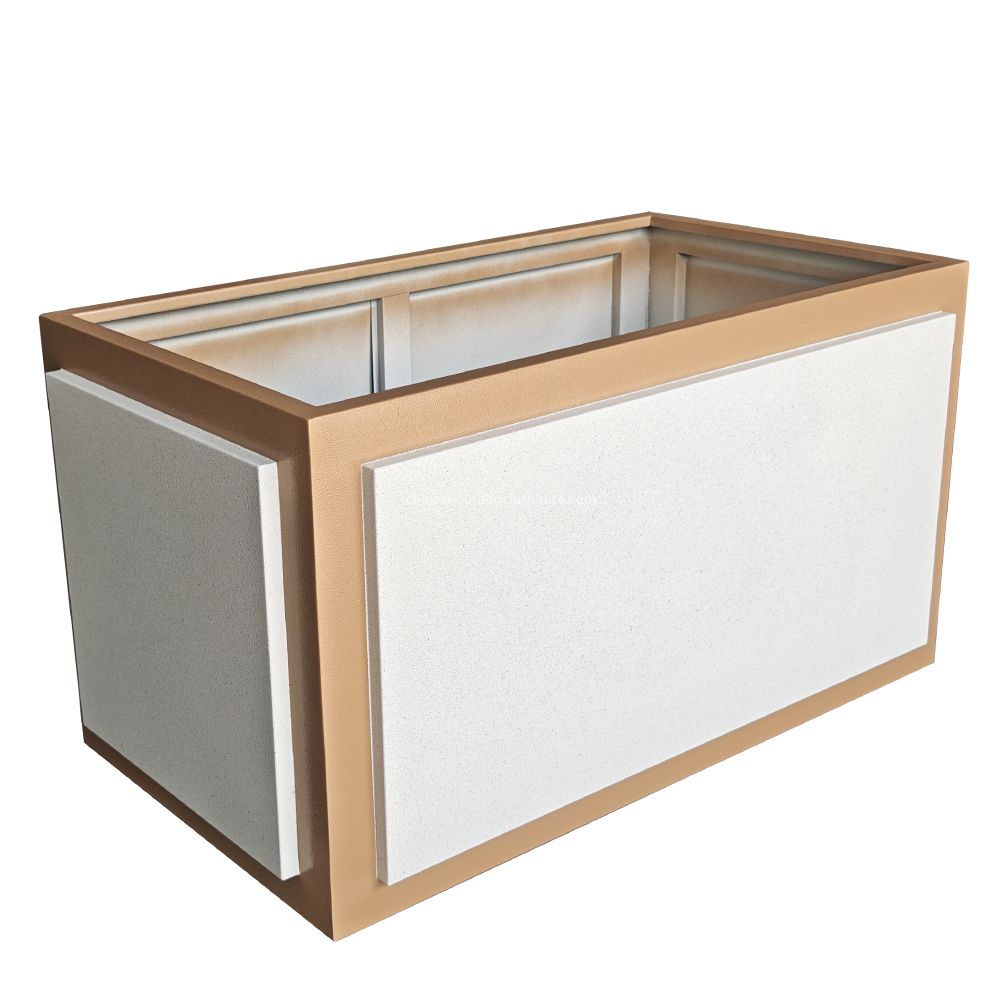Are composite-material bins quieter when opened compared to metal ones?
Discover if composite-material bins are truly quieter than metal ones when opened. This article explores noise levels, material properties, and practical benefi...
READ MORE...How does WPC material affect the bin’s resistance to rodent damage?
Discover how WPC material enhances bin resistance to rodent damage. Learn about its durability, chew-proof properties, and eco-friendly benefits for long-lastin...
READ MORE...What are the thermal conductivity differences between WPC and resin bins?
Explore the thermal conductivity differences between WPC and resin bins. Learn how WPC‘s lower conductivity provides better heat resistance for outdoor use, whi...
READ MORE...Can resin outdoor pet waste bins be manufactured with textured surfaces?
Discover how textured resin outdoor pet waste bins enhance durability and slip resistance. Learn about manufacturing processes, benefits for public spaces, and ...
READ MORE...How do composite materials handle exposure to high-pressure washing?
Learn how composite materials withstand high-pressure washing. Discover best practices for cleaning fiberglass, carbon fiber composites without damage. Key fact...
READ MORE...What are the impact modifiers used in WPC outdoor pet waste bins?
Explore the essential impact modifiers used in WPC outdoor pet waste bins to enhance durability, weather resistance, and longevity. Learn how these additives im...
READ MORE...Are composite-material bins more energy-efficient to produce than metal?
Explore whether composite-material bins are more energy-efficient to produce than metal ones, comparing manufacturing processes, energy use, and environmental i...
READ MORE...How does resin resist degradation from enzymatic cleaners in outdoor bins?
Discover how specialized resins resist breakdown from enzymatic cleaners in outdoor bins. Learn about chemical resistance, material science, and long-lasting bi...
READ MORE...

